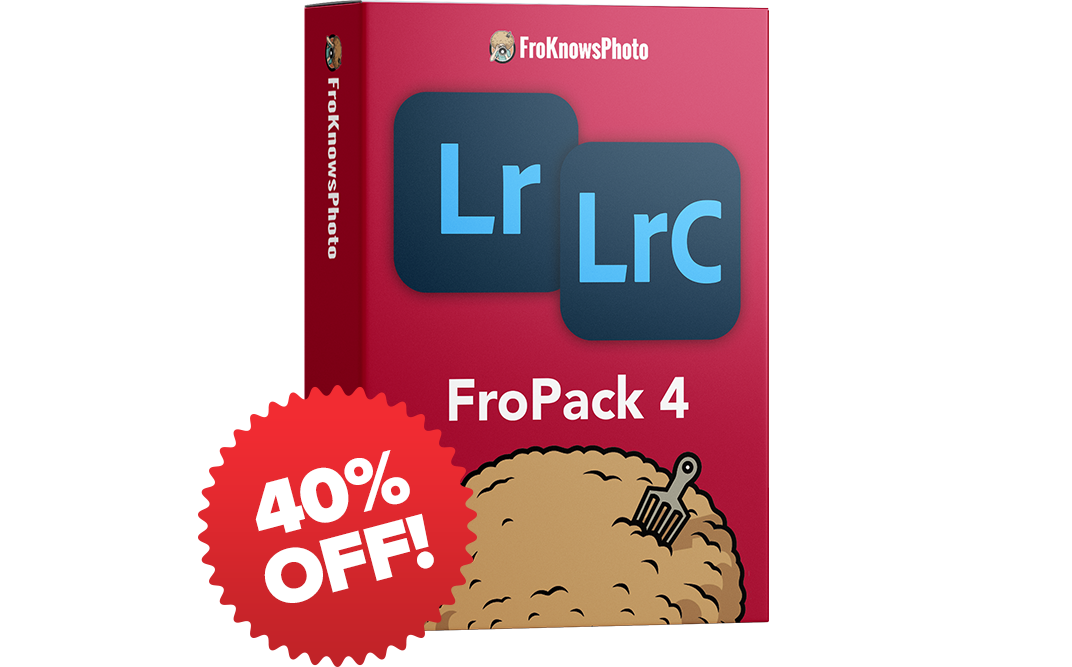Your camera is not BROKEN, It's You: RANT
“There must be something wrong with my camera because there is to much noise”, I must hear this numerous times a week. Last week a reader sent me another message letting me know that they have a Nikon D7000 that must faulty because they see to much noise. Usually in this situation I ask them to send me a sample image so I can check it out on my end.
I fired up Lightroom and loaded the supplied RAW file. The first thing I noticed was the ISO, it was at 6,400. Now to some that may not seem like it is to high but it really is. Shooting at such high iso’s is relatively new. In film days we pretty much maxed out at 3200 ISO black and white and that film looked like swiss cheese, but it made it possible to shoot in low light situations. Consumer cameras five years ago barely reached 1600 or 3200 ISO. So to see an image shot at 6400 ISO in a room with a good bit of light really set me off.
This image does not have a noise problem by any stretch of the imagination. The image looks reasonably fine to me based on the camera used along with the ISO setting. I own a Nikon D7000 and personally would not shoot it over 4000 ISO. Even with that being the case the 6400 ISO does not look that bad.
The issue here is not the camera its the camera settings. Let’s break this down and figure out. The image was shot at 1/100th of a second at F5.6 ISO 6400 at 11mm with the Tokina 11-16mm F2.8 lens. I want to reiterate I am not ripping on or yelling at the photographer in any way. I am simply saying it like it is and even supplying a solution to cut down on the noise in images.
I am basing what I think the settings could have been on the subject matter of the image. There looks to be a good amount of light in this room and no subjects will be moving. Since nothing will be moving and they are shooting so wide you don’t have to worry to much about moving. Remember when you shoot wider angle lenses you can hand hold them at much slower shutter speeds.
What I am going to explain right here is how we can simply make a few tweaks to the settings to allow us to lower the ISO. The first thing I notice is that the aperture is at F5.6 and the lens opens to F2.8. I know that when you shoot something ultra wide even at F 2.8 just about everything will be in focus.
What the photographer could do is drop the aperture from 5.6 to 4 which in turn lets more light in. Since more light is now coming in you could speed up the shutter one stop from 1/100th to 1/200th and end up with the same exposure that we have now. But the goal is to lower the ISO so we don’t see so much grain. Here is what I would do based on the original settings. I would go from 5.6 to 4 but drop the ISO from 6400 one stop to 3200. We let in one more stop of light by dropping the aperture and I am compensating for that by lowering the iso. There still is even more room to drop the ISO to 1600 which would means we would open up one more stop to F 2.8.
Do you see what I did there, I tweaked one setting at a time to get the same overall exposure but at a lower ISO. The same thing would apply if you dropped the shutter speed from 1/100th to 1/50th. But in this situation the best bet is to open up the aperture.
I hope this clears up some concern that some people have about noise and grain of their cameras. I can not stress enough the importance of understanding the exposure triangle along with cause and effect. If I change this, this will happen, if I change that, that will happen. There is NOTHING WRONG with your camera, it’s YOU!!!
For a full understanding of the exposure triangle please check out my FroKnowsPhoto Beginner Guide to getting out of auto right here.



